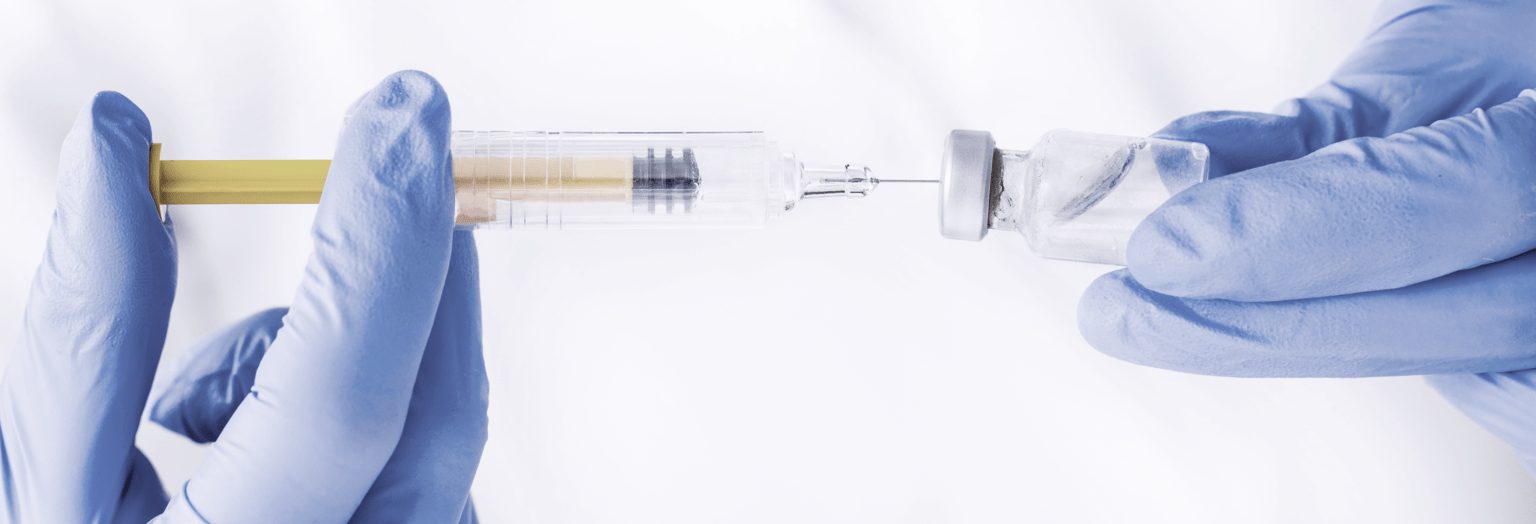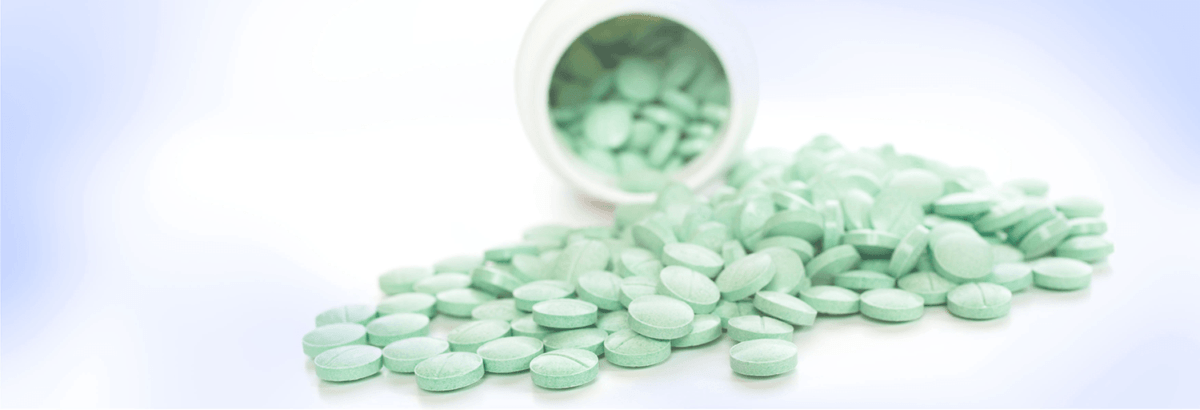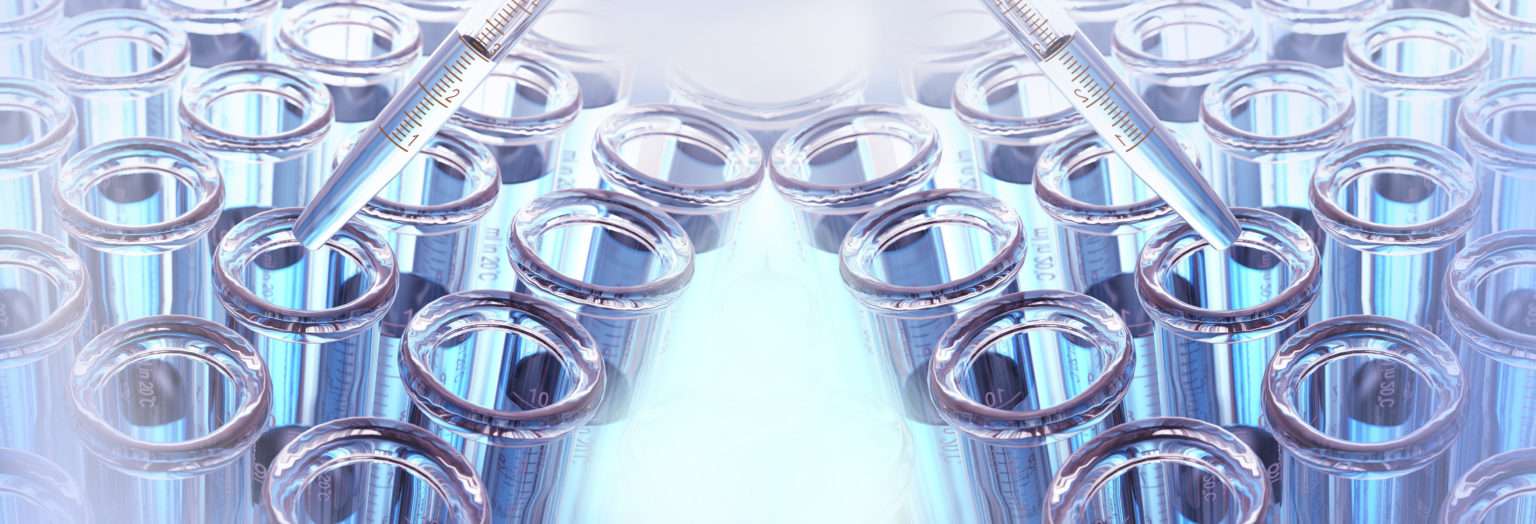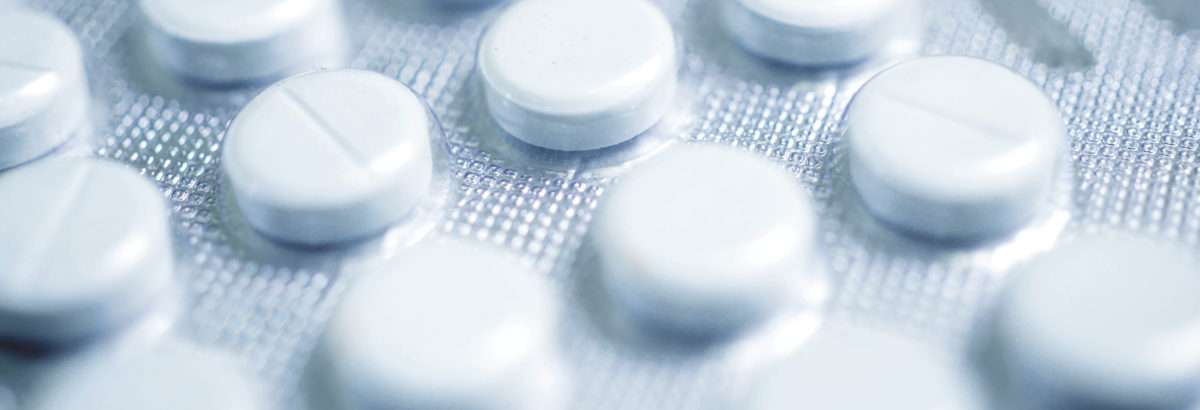Contact Us
- Solutions
- Resources
- About
- Contact Us
close
Optional callout banner for highlighted news or events
Learn More

Innovative therapies providing more customized, patient-specific treatments are requiring pharmaceutical manufacturers to supply smaller batches of more complex, potent compounds while maintaining high quality standards. At the same time, drug sponsor companies are seeking the services of contract development and manufacturing organizations (CDMOs) for expertise intended to achieve better outcomes faster.
To best meet the needs of an ever-evolving, patient-centered healthcare model, CDMOs have designed facilities with smaller, agile manufacturing lines supported by equally agile analytical labs. On any given day, the scientists and engineers at CDMOs are testing, conducting formulation development, performing tech transfers, commissioning, and validating processes, and manufacturing multiple batches of drug product simultaneously in their facilities. There is a requirement to change over the lines rapidly involves cleaning, disinfecting, preparation, and set-up for the new product. One can easily recognize the risks for cross-contamination.

While the conditions driving modern pharmaceutical development and manufacturing have increased the risk of cross-contamination, the principles to prevent it remain the same. If you have safely manufactured pharmaceuticals for any amount of time, you have an understanding of FDA’s GMP framework for preventing cross-contamination. Additionally, the International Society for Pharmaceutical Engineering (ISPE) developed a Baseline Guide: Risk-Based Manufacture of Pharma Products, that offers a process for risk management focused on preventing cross-contamination and supports the quality risk management principles of ICH Q9
This is not intended to be an instructional essay on the guidance, rather, I would like to share with you some best practices we have learned and put into practice at Pii. Being able to operate beyond the standards of GMP guidance has enabled us to instill confidence in our customers that cross-contamination does not occur.
In preventing cross-contamination, we have three principles: have the conversation with our customers regarding cross-contamination early, follow a robust, disciplined process, and foster a quality culture that empowers everyone to act on any issues they encounter.

Whether it comes up during the first conversation about a project or not, drug sponsor customers considering working with a CDMO are concerned about cross-contamination. That’s why at Pii, we prompt the conversation early.
Drug sponsors come to us with a deep understanding of their needs, the obstacles they face, API characteristics, and often have a concept of development in mind. Before we sign a contract, construct a quality agreement or even develop a scope of work, we do an initial safety assessment that reveals the potency of the compound, personal protective equipment needs, and containment requirements. We are also able to identify which of our facilities will be used. As a result, the quality foundation for preventing cross-contamination begins to take shape and the rest of the process development emerges from it.

Fundamental to all effective quality systems is a robust, disciplined process. Contamination is the unwanted introduction of impurities into starting material, intermediates, or API. Cross-contamination occurs when drug substances or products are tainted by other drug substances or products. These conditions can occur during storage, transport, production, sampling or packaging.
To prevent contamination and cross-contamination, process developers must identify sources of potential risk and clearly define the current controls and actions that will be taken to eliminate them. At Pii, we have developed and refined 8 functional elements to guide the cross-contamination quality risk assessment during pharmaceutical process development for our customers. They are:
New Product Introduction: Product is introduced into the facility only with an approved QRMP from EHS and Quality.
These functional elements occur in a linear fashion and, as noted, some elements can confirm and refine previous activities and provide critical information for the next element in the process. It provides a framework for collaboration across Pii and also between us and our customers. An example would be when batch size changes from initial feasibility to clinical to commercial, some of the above points are re-visited and re-evaluated.

State of the art technology and equipment along with disciplined processes are critical to modern manufacturing processes, central to both are skilled, experienced people, committed to the philosophy of continuous improvement of quality.
At Pii, our workforce is highly skilled and trained on our standard operating procedures. They are also intimately knowledgeable regarding our 8 functional elements that guide the development process to eliminate contamination and cross-contamination risks.
Additionally, our professionals know what to do, why they are doing it, and why it matters. If they cannot answer those three questions with confidence, they have the authority, and have pledged, to pause and gain the understanding they need before continuing with their responsibilities.
One characteristic of so many of the professionals that I work with, is that they have walked in the shoes of our customers. They have advanced their own drug compounds from pre-clinical to phase I trials, overcame obstacles, have had both successes and failures, and worked with CDMOs. That experience, especially with service providers, enables them to communicate with drug sponsors more effectively and with great empathy.
When considering risks that could potentially lead to contamination or cross-contamination of drug substance or product in manufacturing lines we can all agree it cannot occur. At Pii, we operate beyond GMP guidelines by having the conversation with our customers regarding cross-contamination early, following a robust, disciplined process, and fostering a quality culture that empowers everyone to act on any issues they encounter.
Like what you read? Share with your network: